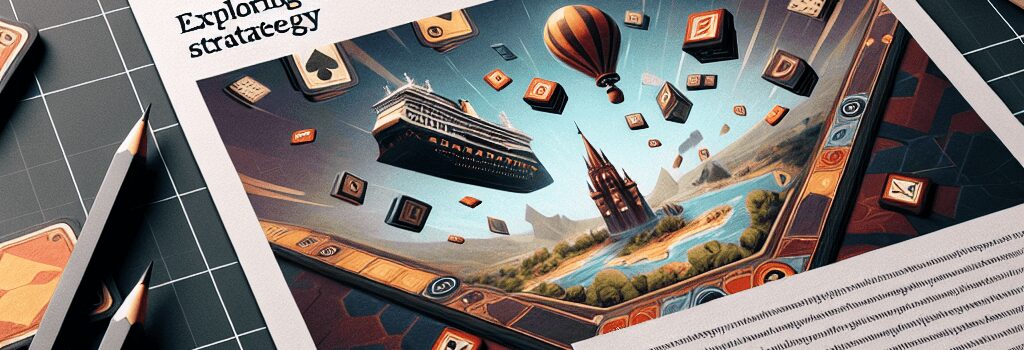Drop Duchy: Exploring Deck-Building and Tile-Dropping Strategy

Drop Duchy by The Arcade Crew combines the elegant block placement of Tetris, the spatial tactics of Carcassonne, and the evolving card economy of a roguelite deck-builder. Originally released in early 2025 for Windows and Linux (via Proton), this puzzler has garnered attention for its hybrid mechanics, crisp pixel art, and surprising depth under its deceptively simple surface.
Gameplay Mechanics
At its core, Drop Duchy is a tile-dropping battlefield. You begin each run with a small deck of buildings and units represented as Tetris-style polyominoes. As these pieces descend, your goal is twofold:
- Align terrain tiles (plains, forest, hills, marsh) to generate resources
- Place buildings or enemy fortifications to influence troop deployment and combat
Unlike traditional line clearers, completed horizontal lines grant resources (wheat, wood, stone, and later, iron) but remain locked in place. Those resources can upgrade cards in your deck or unlock new techs, while proper placement triggers multi-stage combos.
Deck-Building and Tech Trees
Between levels, you navigate a branching map reminiscent of Slay the Spire. Each node offers choices: skirmishes, merchant exchanges, or one-off events. Victories reward you with cards that fall into three primary categories:
- Military Units (swordsmen, archers, cavalry)
- Production Buildings (farms, woodcutters, quarries)
- Technology Upgrades (enhanced yield, special abilities, passive boosts)
Resources harvested on the board power your upgrades. You may choose to enhance a Farm card to convert adjacent plains into richer fields or level up a Watchtower to recruit more archers. The meta-decision of whether to hoard resources for big upgrades or spend them immediately on new cards provides tension throughout each run.
Worker Placement Meets Tetris Tactics
The spatial layer feels like Carcassonne on fast-forward. Placing a three-tile L-shaped Woodcutter in a clustered forest not only harvests wood—it clears space for future drops and transforms forest into plains. A properly seeded Farm then elevates those plains to fertile fields, feeding a nearby Watchtower that spawns archers for the next combat phase. These cascading effects reward forward planning and tile recognition, challenging even seasoned Tetris veterans.
Technical Specifications and Performance
Drop Duchy is built on a custom C++ engine using SDL2 for input and Vulkan for rendering. The game’s footprint is modest—under 1 GB installed—and it runs at a solid 60 FPS on modern discrete GPUs. Minimum requirements include:
- OS: Windows 10 or Ubuntu 20.04
- CPU: Intel Core i3-6100 / AMD Ryzen 3 1200
- GPU: NVIDIA GTX 750 Ti / AMD Radeon R7 260X
- RAM: 4 GB
- Storage: 800 MB free space
On Steam Deck, the title averages 40–50 FPS at 800×600 with dynamic scaling. The developers have teased a Linux-native build on Wayland later this year, which should further improve performance and reduce input latency.
Balancing, Randomization, and Replayability
Behind the colorful tiles lies a carefully tuned probability engine. Drop Duchy randomizes piece distribution using a modified bag system similar to modern Tetris: each set of seven unique pieces appears before reshuffling. However, the deck-builder layer introduces additional RNG—card draws, boss modifiers, and event outcomes—that ensure no two runs feel the same.
According to lead designer Jean-Luc Martin, “We bucketed resource tiles into four rarity levels—common plains, uncommon forests, rare hills, and epic marshes. That informs build diversity and forces players to adapt if they never see enough hills to place a Quarry.” Yet players have noted occasional imbalance in late-game boss fights. Version 1.1, slated for June 2025, aims to tweak health pools and resource drop rates based on telemetry data gathered from over 100,000 runs.
Developer Insights and Future Roadmap
In a recent developer blog, The Arcade Crew revealed plans for:
- Co-op Mode: Two-player simultaneous runs with shared resources and combined decks
- Challenge Tiers: Daily puzzles with fixed layouts and leaderboards
- Modding Support: Steam Workshop integration to add custom tiles, cards, and rulesets
“Our community’s creativity has already generated mockups of new terrain types—volcanoes, rivers, ruins—that could fit seamlessly into future updates,” says community manager Sofia Tran. Early alpha builds of these features will roll out to Backers next quarter.
Conclusion
Drop Duchy masterfully fuses the reflexive joy of Tetris with the strategic breadth of a deck-builder and the spatial reasoning of a tile-laying board game. While the learning curve can feel steep—especially in Normal and above modes—the rush of chaining multi-stage combos and outmaneuvering a cunning AI opponent is immensely rewarding. With a promising roadmap of balance patches, co-op, and modding support, Drop Duchy stands poised to become a modern puzzler classic.